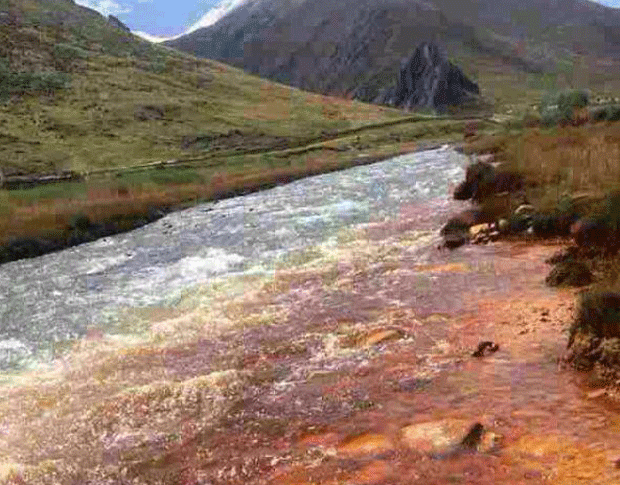
A search is underway for six workers who went missing after a lift cage fell at a Chinese-backed copper mine in Tibet during shaft construction of an open-pit mine drainage system project, forcing production to stop.
The accident occurred May 14 at the Julong Copper and Polymetallic Mine site operated by Tibet Julong Copper Co. Ltd. in copper-rich Gyama township in Meldrogunkar county of Lhasa prefecture. China’s Zijin Mining Group Co. Ltd. owns a 50.1% stake in the subsidiary.
The six missing miners work at Fujian Xingwanxiang Construction Group Co., Ltd., subcontracted by Tibet Julong Copper Co., Ltd., a subsidiary of Zijin Mining Group, to perform the project construction. Their names and ethnic identities have not been released.
After the accident, Julong Copper began an emergency and rescue plan and reported the incident to the relevant government departments, Zijin Mining Group said Monday in a statement filed with the Hong Kong Stock Exchange and posted on the company’s website.
Julong Copper also suspended production and was investigating the incident, which “led to the loss of contact with six Xingwanxiang staff members,” it said.
“The company will continue to pay attention to the Incident, and discharge its information disclosure obligations in a timely manner,” the statement said.
Zijin Mining Group has not posted any updates, and did not respond to attempts to gather more information.
It owns three sites in Tibet, which generate nearly half of the company’s revenue, said Dhondup Wangmo, a research fellow at the Tibet Policy Institute in Dharamsala, India.
Expansion of mining
Mining and mineral exploration have increased dramatically on the Tibetan Plateau since 2006 following the arrival of the Golmud-Lhasa railway link and Chinese government programs and promotion.
With it has come an increase in pollution and a destruction of pasture land, prompting Tibetan protests over harm caused to the environment and local livestock.
A surge in the Chinese government’s mining activities in Meldrogunkar’s Gyama Valley began as early as in the 1980s and has yielded valuable resources such as gold and copper for products benefiting China’s economy, said a Tibetan from the area who now lives in exile.
“But it has come at the cost of environmental degradation and the relocation of Tibetan nomads who grazed their animals there,” said the source who asked that his identity not be disclosed.
“The forced settlement of nomads is a policy that China’s Communist Party has been pushing for years in Tibet,” he said.
The increased mining activity also led to pollution and contaminated water sources that killed animals who drank from them, he said.
“Tibetans in the region have protested over the years — many have been detained and many imprisoned as well,” the Tibetan said.
Operations at one Gyama copper and gold mine was the scene of a catastrophic landslide that killed 83 people, mostly Chinese migrant workers in March 2013, drawing attention to the toll that mining and industrialization were having in Tibet.
Translated by Tenzin Dickyi for RFA Tibetan. Edited by Roseanne Gerin and Malcolm Foster.
